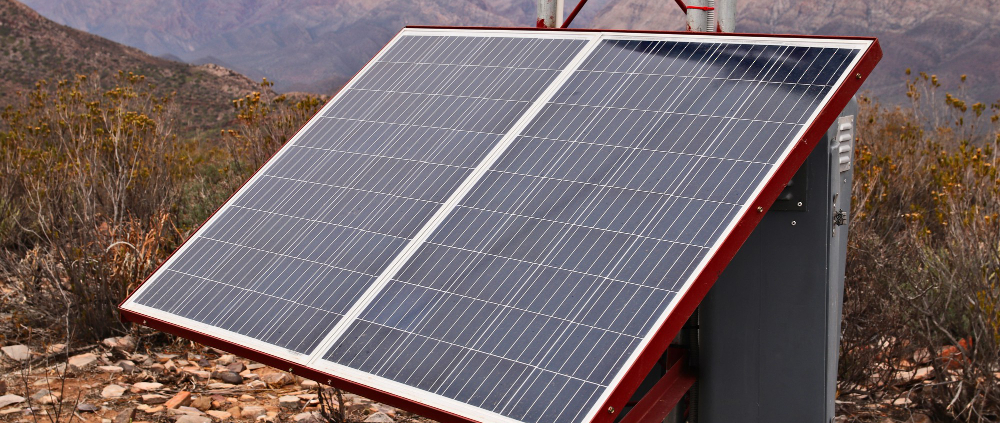How to Optimize Your Off-Grid Solar System During Winter or Rainy Seasons
If you’ve invested in an off grid solar system Canada, you probably know the feeling when gray clouds roll in, or snow blankets your panels. Suddenly, your usually reliable solar setup seems a little… underwhelming. Winter and rainy seasons bring unique challenges to off-grid living. But don’t panic! With some practical tweaks, a little patience, and a touch of creativity, your solar system can keep humming along nicely—even when the sun isn’t playing nice.
Understanding the Seasonal Challenges
Let’s start with the obvious. Less sunlight means less electricity. In Canada, winter days are notoriously short, and rain clouds can linger for days. Snow and ice can cover panels, blocking precious photons, while shorter days reduce your energy window. Even if you’ve got a battery bank, it might drain faster than usual because your system isn’t topping up as efficiently.
Another subtle issue? Cold weather. While solar panels actually perform better in cold temperatures than in extreme heat, batteries are a different story. Lead-acid and lithium batteries alike lose some efficiency in sub-zero temperatures, meaning your stored energy may not go as far as it would in spring or summer.
Keep Your Panels Clean and Clear
This might sound basic, but it’s one of the easiest ways to maintain peak performance. Snow, frost, leaves, and rain residue can all reduce panel output. A quick brush-off after a snowfall or using a squeegee for rainwater streaks can make a noticeable difference. Just remember to be safe—don’t risk slipping on ice or climbing unstable roofs. Safety first, right?
Even if you’re thinking “Rain washes everything off, no problem,” sometimes it doesn’t. Residue from nearby trees or urban dust can build up over time. So, giving panels a gentle wipe every few weeks in the wetter months can keep things running smoother.
Adjust Angles and Orientation
In winter, the sun sits lower on the horizon, which changes the ideal angle for your solar panels. If you’ve got adjustable mounts, tilt them to catch those low winter rays. Even a small shift can increase efficiency by 10–15%, which adds up when sunlight is scarce.
Pro tip: consider a steeper tilt in snowy regions. Snow slides off more easily, and your panels stay exposed to sunlight longer. It’s a little tweak, but it can make a world of difference when the days are short.
Monitor Your Batteries
Your solar panels are only half the equation. During the gloomy months, batteries take the brunt of the load. Regularly check battery charge levels and keep connections clean. Some enthusiasts even invest in a small battery heater or insulation wrap to maintain optimal temperatures. It sounds fancy, but sometimes a little DIY insulation—think foam sheets or thermal blankets—can help your bank perform better.
Also, don’t forget to minimize energy drain. Prioritize essential devices and postpone non-critical tasks until sunnier days. It’s a little inconvenient, sure, but it prevents your system from dipping into deep discharge too often, which can damage battery life.
Backup Options
Sometimes, even the best-optimized system can’t keep up with a stretch of cloudy weather. Having a backup generator or hybrid setup isn’t cheating—it’s smart planning. Smaller, portable solar panels or a propane-powered generator can give your system a boost, especially if you need power for crucial appliances.
Track and Learn
Here’s where modern tech helps. Many off-grid enthusiasts use monitoring systems to track panel output, battery levels, and energy consumption in real-time. It’s fascinating to see how weather affects your setup and helps you make informed decisions. Plus, it’s kind of fun to geek out a bit and brag about how efficiently you’re wringing juice from a gloomy day.
Embrace Efficiency
Finally, consider seasonal habits. Simple changes—like using LED lights, timing laundry for sunny periods, or even switching to slow cookers instead of electric ovens—can drastically reduce your energy load. It’s all about working with nature, not against it.
Optimizing an off-grid solar system during winter or rainy seasons isn’t about perfect performance; it’s about smart management. With a little attention to panel care, battery health, and energy habits, you can navigate the darker months with confidence. And if you’re the hands-on type, there’s always room to experiment with tweaks and improvements. Who knew managing clouds and snow could feel a bit like a game?
Remember, even tiny improvements add up. Those adjustments—tilting panels, clearing snow, insulating batteries—translate into tangible energy savings. And hey, if you love rolling up your sleeves, check out some diy home improvement efficiency hacks to squeeze even more from your solar setup this winter.



Leave a Reply
Want to join the discussion?Feel free to contribute!